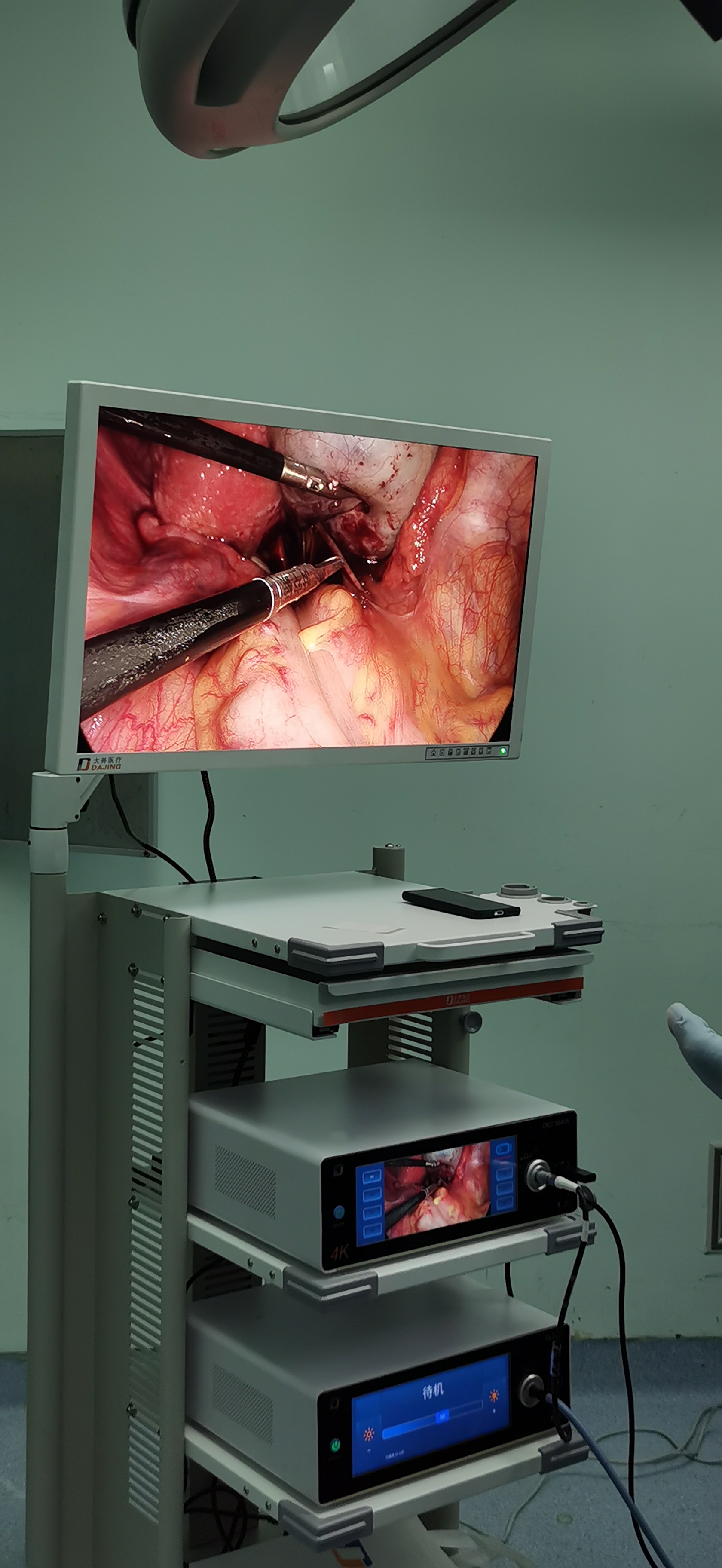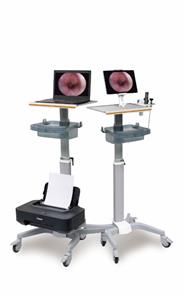A retrospective study of percutaneous spinal endoscopy in the treatment of lumbar spinal stenosis
To analyze the clinical efficacy of percutaneous spinal endoscopy in the treatment of lumbar spinal stenosis. Methods: A total of 58 patients with single-segment lumbar spinal stenosis who were admitted to Dongguan Hospital of Traditional Chinese Medicine from May 2014 to April 2017 were selected as the observation objects, and they were divided into a control group of 29 cases and an observation group of 29 cases. The control group was treated with traditional open surgery, and the observation group was treated with percutaneous spinal endoscopy. The surgical treatment indicators, visual analogue scale (VAS) and Oswestry disability index (ODI) of the lumbar and leg pain before and after treatment were compared between the two groups. . Results: The observation group was significantly better than the control group in terms of operation time, intraoperative blood loss, postoperative bed rest time, hospitalization time and other surgical treatment indicators, and the difference was statistically significant (P<0.05). In terms of ODI score, there was no significant difference between the control group and the observation group before treatment (P>0.05), and the observation group was significantly better than the control group after treatment, with a statistically significant difference (P<0.05). Conclusion: The application of percutaneous spinal endoscopy in the treatment of single-segment lumbar spinal stenosis is effective, safe and conducive to improving the health status of patients and promoting the recovery of patients' health, which is worthy of clinical reference.





